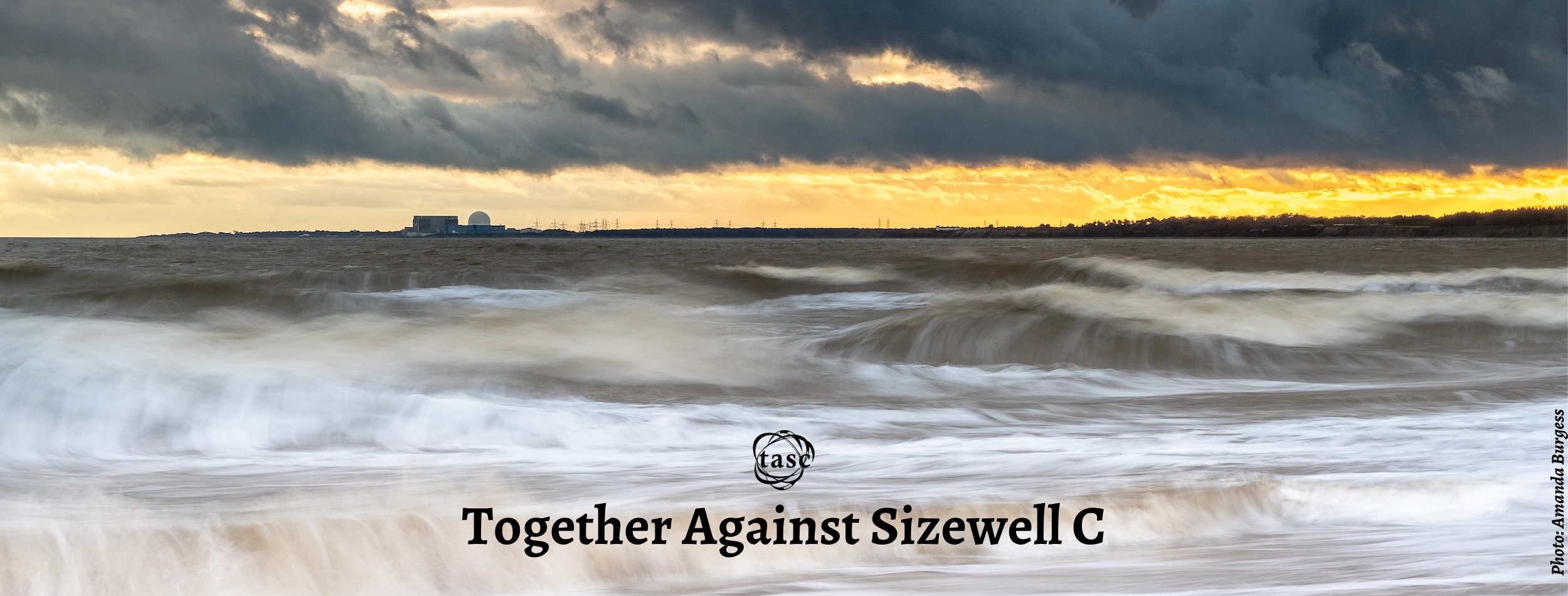
14.09.24
Hello Wild East,
I could not believe my eyes when I read that Wild East is working with SZC in its mission to create a nature reserve in which we can all live.
Sizewell C is being built in an area of outstanding natural beauty. The preparatory work has caused the destruction of large areas of vegetation, some of it old-growth forest and unique environments which cannot be replicated no matter how must EdF claim to ‘mitigate’ and arrive at a net environmental gain – all that is PR nonsense.
Nuclear power requires uranium to fuel its reactors. Uranium mining is a destructive and dangerous activity which leaves huge areas of land in countries where it is mined in diminished and hazardous states. High cancer rates in uranium miners is routine.
Sizewell C will not help the fight against climate change: by the time Sizewell C is operational – perhaps by 2040 at the earliest – it will have generated a significant carbon footprint which will take years to off-set by the generation of ‘low carbon’ electricity. The entire UK economy will be at net zero – by law – in 2050, by which time the contribution Sizewell C can make to carbon reduction will be reduced to a year or two at best – insignificant.
Sizewell C will require the use of a desalination plant for the first ten to twelve years of operation on the site because there is insufficient water available for the water companies to supply the 2.2 million litres a day required by the construction and operation of the plant. Suffolk is the most water-scarce county in the country and domestic users are threatened with water use reductions to ensure potable water availability to Sizewell C. Desalination is an energy-intense technology which deposits large amounts of brine in the surrounding seabed, smothering bottom-dwelling creatures. It is a technology which EDF originally considered and then dropped as being too energy intensive and polluting.
Sizewell C will be cooled, like Sizewell B, by direct extraction of seawater. This will involve the entrainment and sucking up into the cooling system of millions of fish, fish fry and other marine biota on a daily basis. The mortality rate of these unfortunate creatures which are more often than not spat out either moribund, mutilated or dead, is high.
The Environment Agency has sanctioned the discharge from a notional Sizewell C of radioactive liquid and particulate waste to the sea and to air. Neither they nor the industry at large, nor the government, can say with any degree of certainty, exactly what the health consequences of these discharges are, particularly when alpha-emitting material is inhaled or ingested. The plant will be the source of discharges containing traces of heavy metals, chemicals and radioactive material, a soup of contamination which will contaminate the Heritage Coast.
Sizewell C will (according to Nuclear Waste Services) produce close to 4,000 tonnes of lethally radioactive and extremely hot spent or used nuclear fuel over the course of its proposed 60 year operational life. There is, as yet, no long term repository for this waste. Instead, it will sit on the site of its origination – Sizewell – for decades, a target for terrorists and a store of radioactivity which is unimaginable in its volume and potential for contamination of large areas of land in the event of release from an accident or as a result of a malicious act of sabotage.
I support and applaud your ambitions to create a wild East Suffolk, but by linking up with Sizewell C, you validate EDF’s ambition to construct a huge nuclear plant that we do not need in terms of electricity supply and that, even if it were needed, is in the most inappropriate place you could imagine – in an AONB, on an eroding coast, subject to regular storm surges and rising sea levels. Within a century, Sizewell is predicted to be an island. It will still be required to store hundreds of tonnes of spent nuclear fuel awaiting sufficient cooling to be removed to a repository which has been an aspiration rather than a reality for several decades and could remain so for several more decades yet.
With kind regards,
Pete Wilkinson

